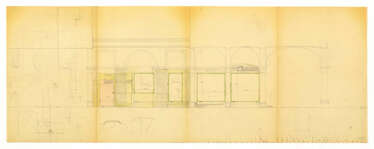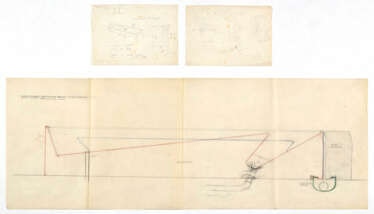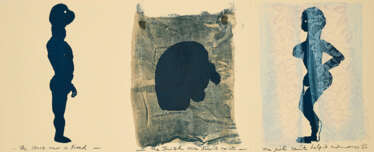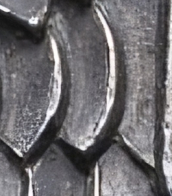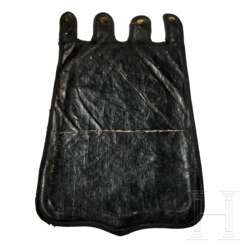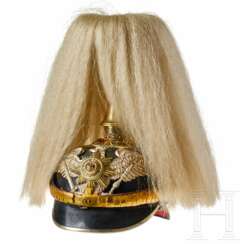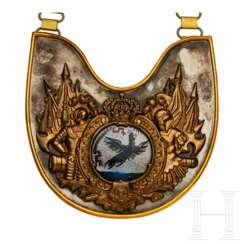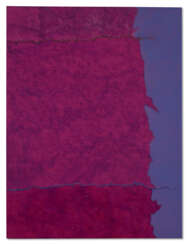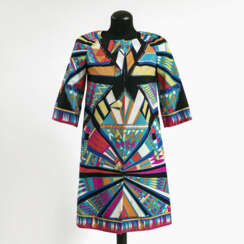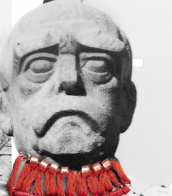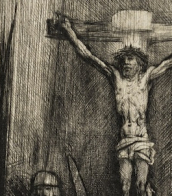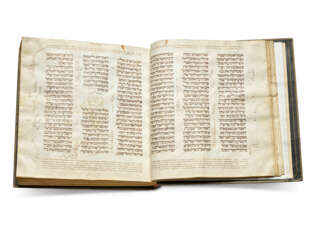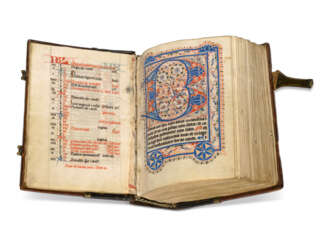the black forest
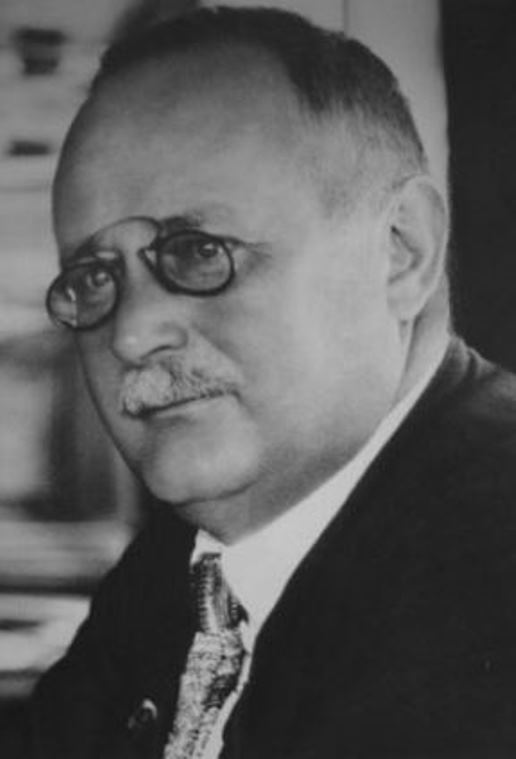
Curt Liebich was a German painter, graphic artist and sculptor.
After initial training in Dresden, Liebich moved to the Academic High School of Fine Arts in Berlin. He then studied at the Grand Ducal-Saxon Art School in Weimar and in 1896 he settled in Gutach. His painting was mainly concerned with rural and village life. As an illustrator, he designed vignettes and covers for books and magazines as well as advertising graphics.
In 1923, Liebich was awarded the title of honorary citizen of Gutach. In 2005, the Hasemann-Liebich Art Museum opened in Gutach with works by the two Black Forest artists.
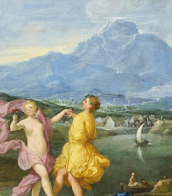
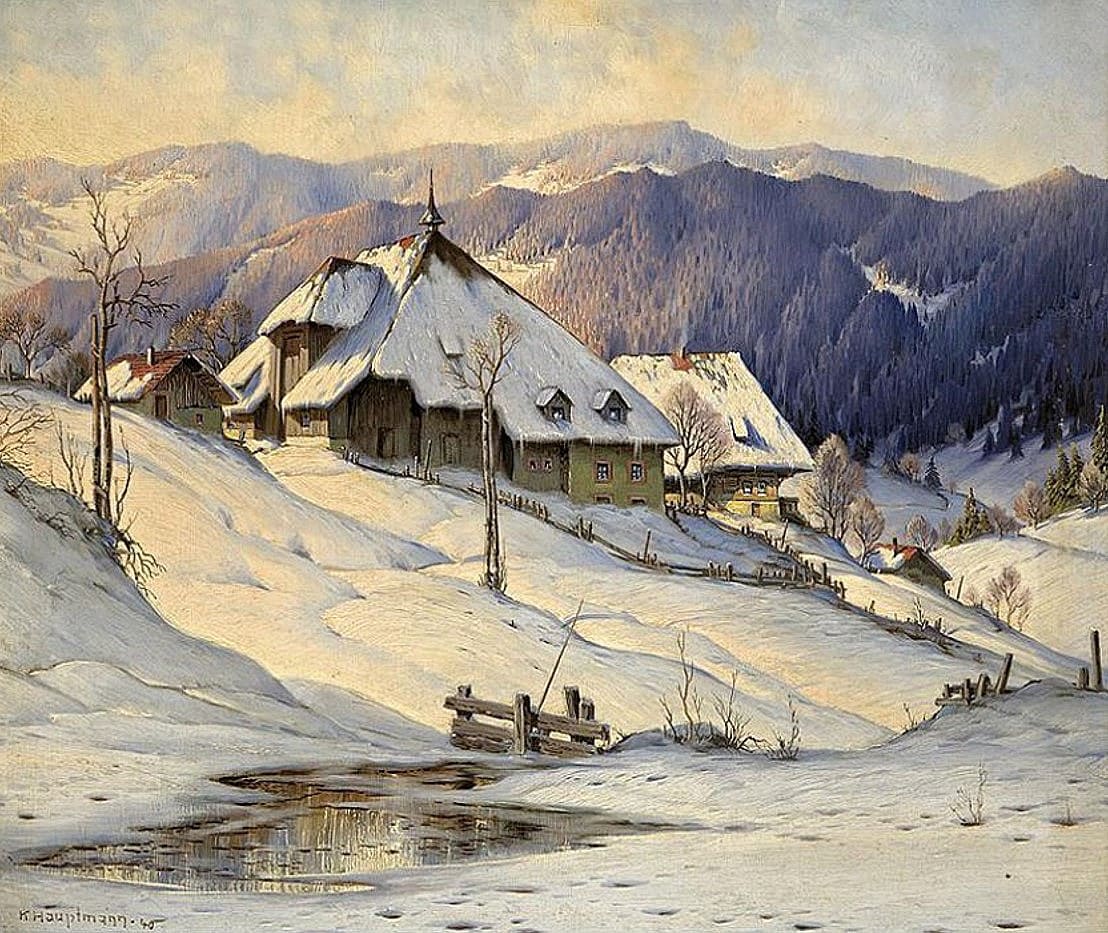
Karl Hauptmann was a German landscape painter who specialised in mountain views.
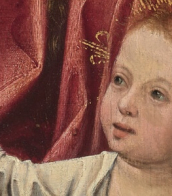
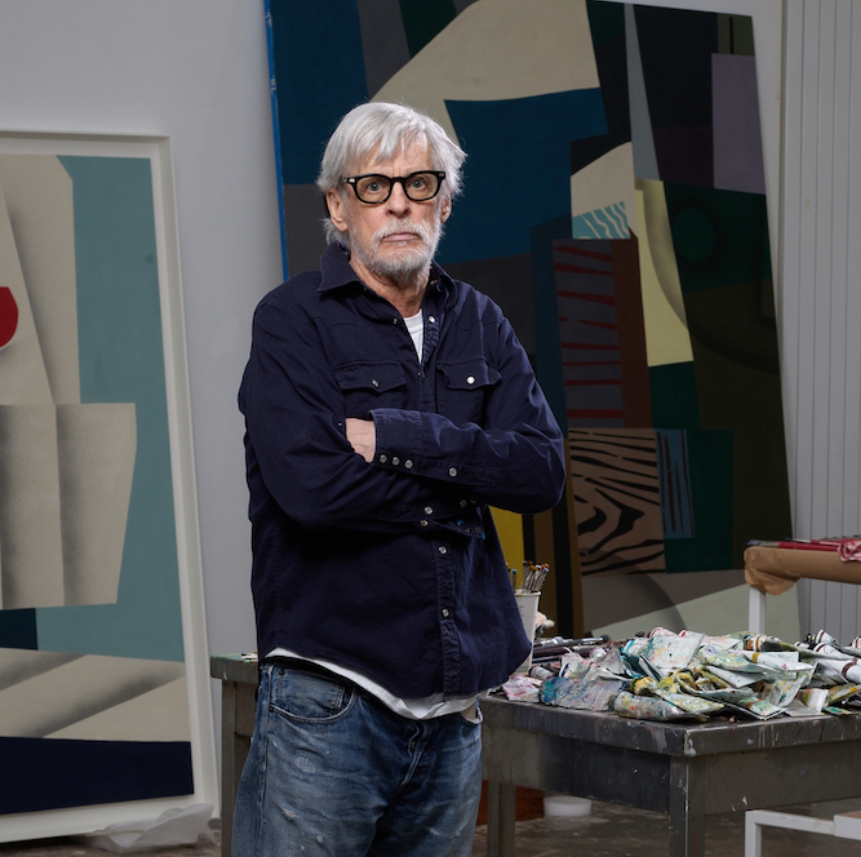
William Rodney Graham was a Canadian visual artist and musician. He was closely associated with the Vancouver School.
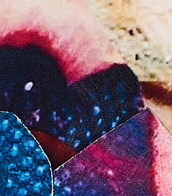


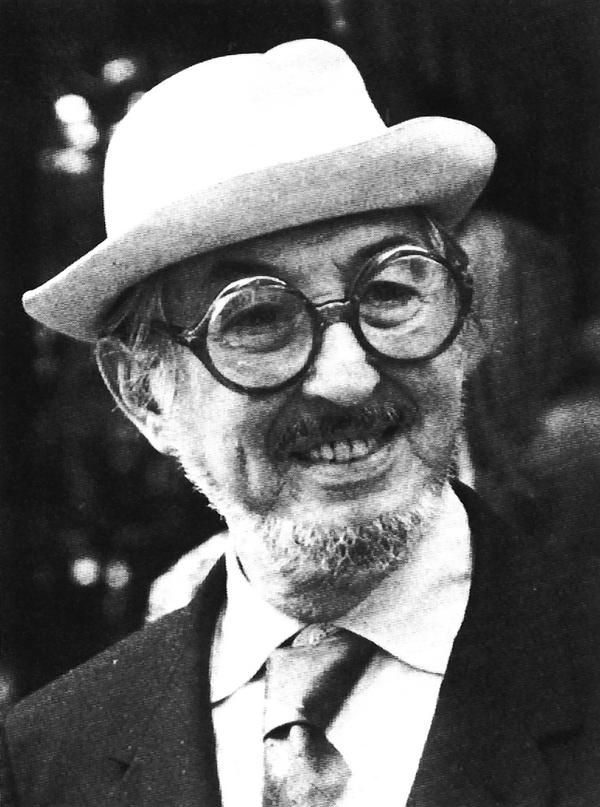
Carlo Scarpa was an Italian architect, influenced by the materials, landscape and the history of Venetian culture, and by Japan. Scarpa translated his interests in history, regionalism, invention, and the techniques of the artist and craftsman into ingenious glass and furniture design.
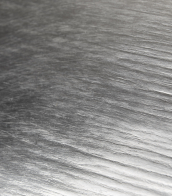

Carlo Scarpa was an Italian architect, influenced by the materials, landscape and the history of Venetian culture, and by Japan. Scarpa translated his interests in history, regionalism, invention, and the techniques of the artist and craftsman into ingenious glass and furniture design.

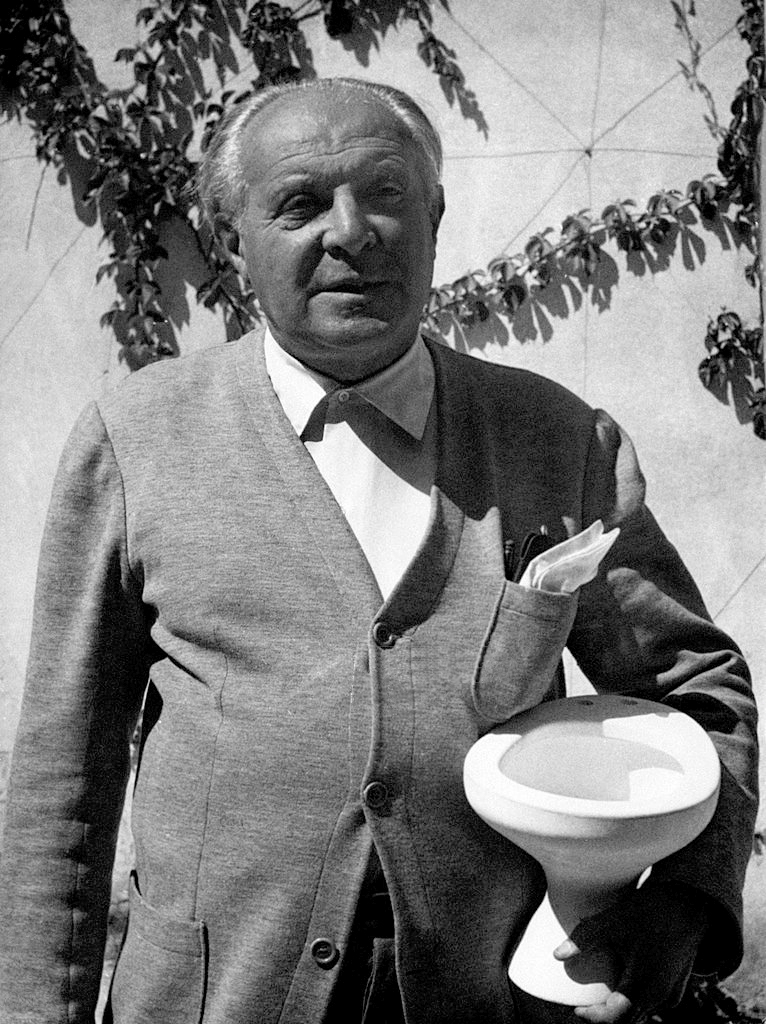
Giovanni (Gio) Ponti was an Italian architect, industrial designer, furniture designer, artist, teacher, writer and publisher.

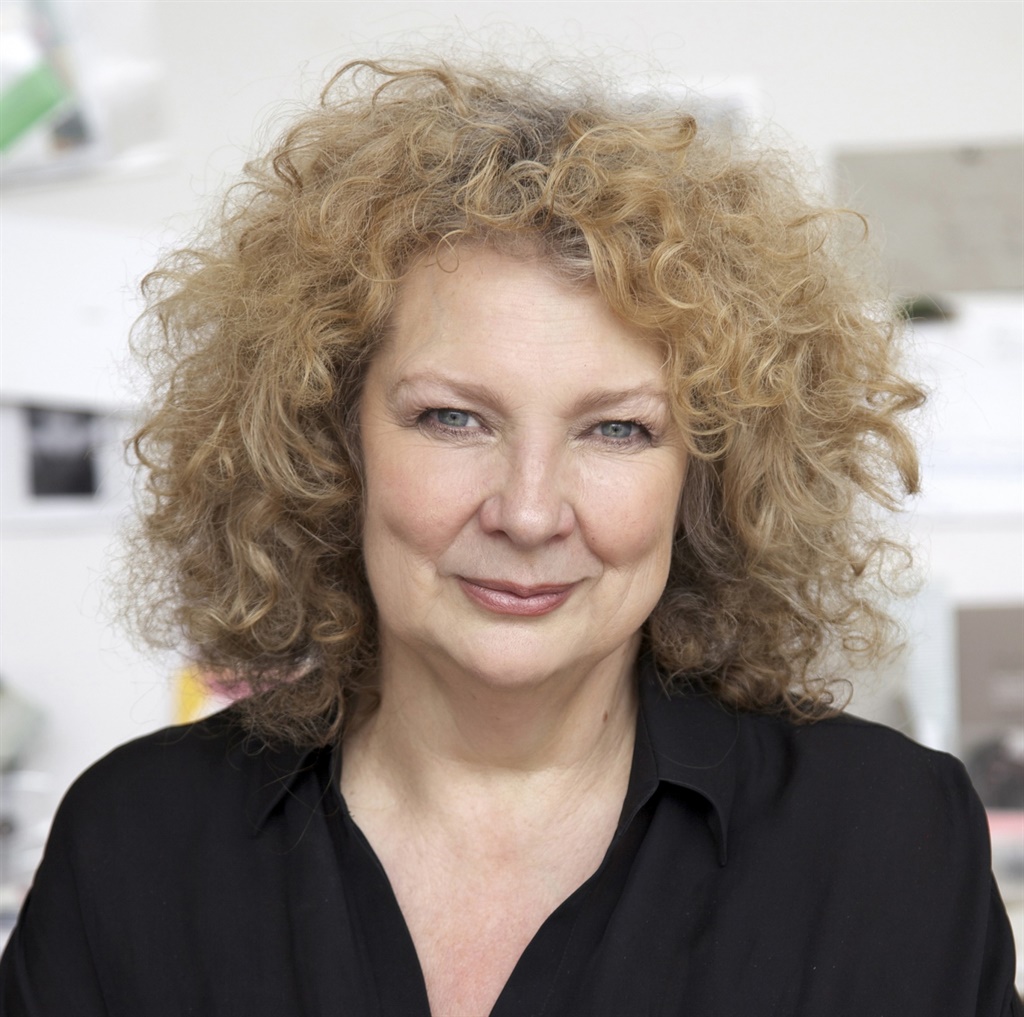
Marlene Dumas is a Dutch artist of South African origin. She is known for her figurative paintings that explore themes of identity, race, gender, and sexuality.
Dumas studied at the University of Cape Town and later moved to the Netherlands, where she earned a degree from the Ateliers '63 in Haarlem. Her early work was heavily influenced by the political and social climate in South Africa during the apartheid era.
Dumas' paintings often depict people in various states of vulnerability, intimacy, and emotion. Her works are characterized by loose, gestural brushstrokes, and a limited color palette. She frequently draws inspiration from popular culture, news media, and art history, often appropriating and reimagining images from these sources.
Dumas has exhibited her work extensively, including at the Museum of Modern Art in New York, the Stedelijk Museum in Amsterdam, and the Tate Modern in London. She has also received numerous awards and honors for her work, including the Johannes Vermeer Award in 2012 and the Premium Imperiale in 2018.

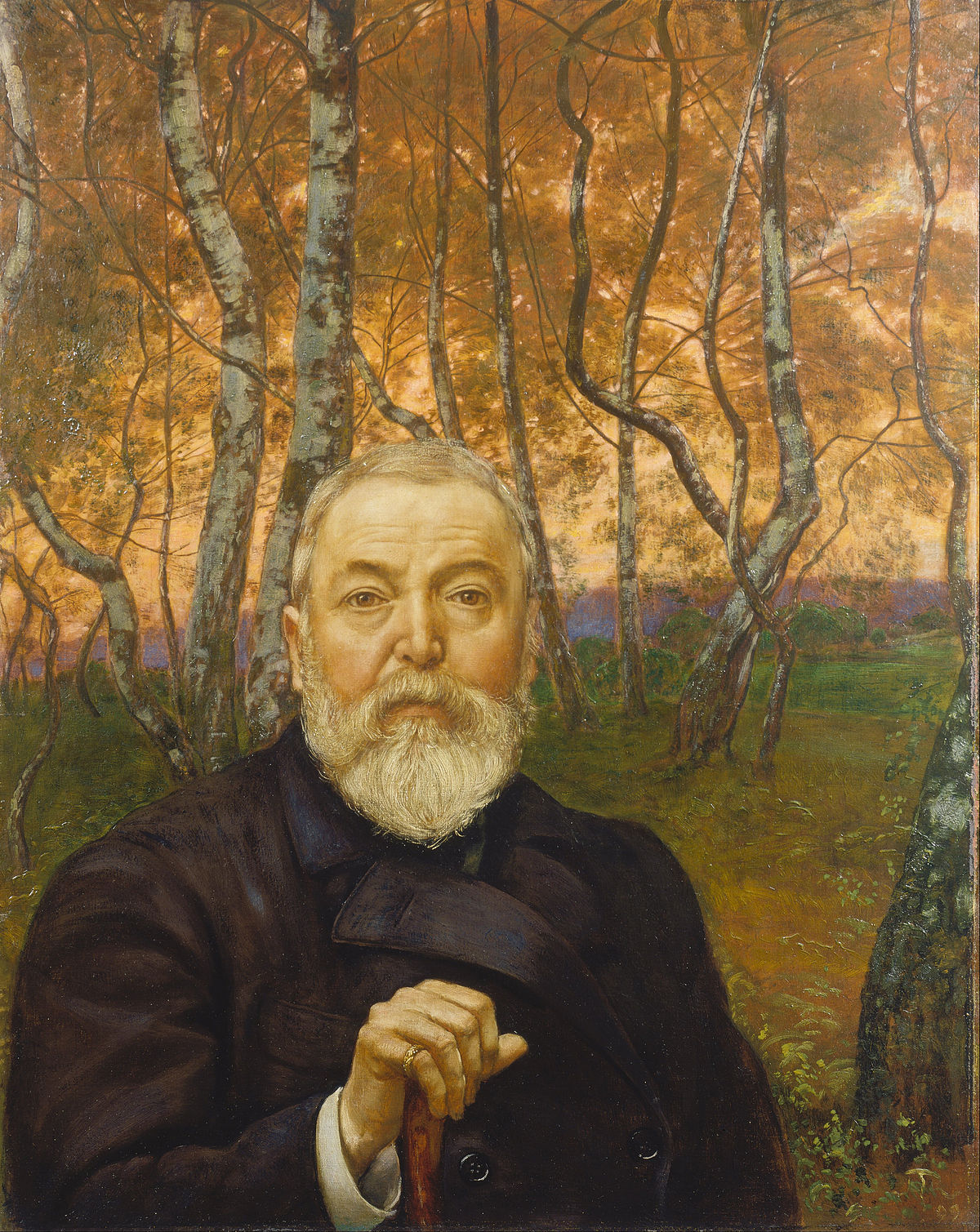
Hans Thoma was a German painter.
In spite of his studies under various masters, his art has little in common with modern ideas, and is formed partly by his early impressions of the simple idyllic life of his native district, partly by his sympathy with the early German masters, particularly with Albrecht Altdorfer and Lucas Cranach the Elder. In his love of the details of nature, in his precise drawing of outline, and in his predilection for local coloring, he has distinct affinities with the Pre-Raphaelites.
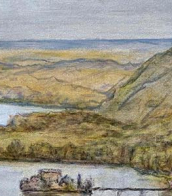
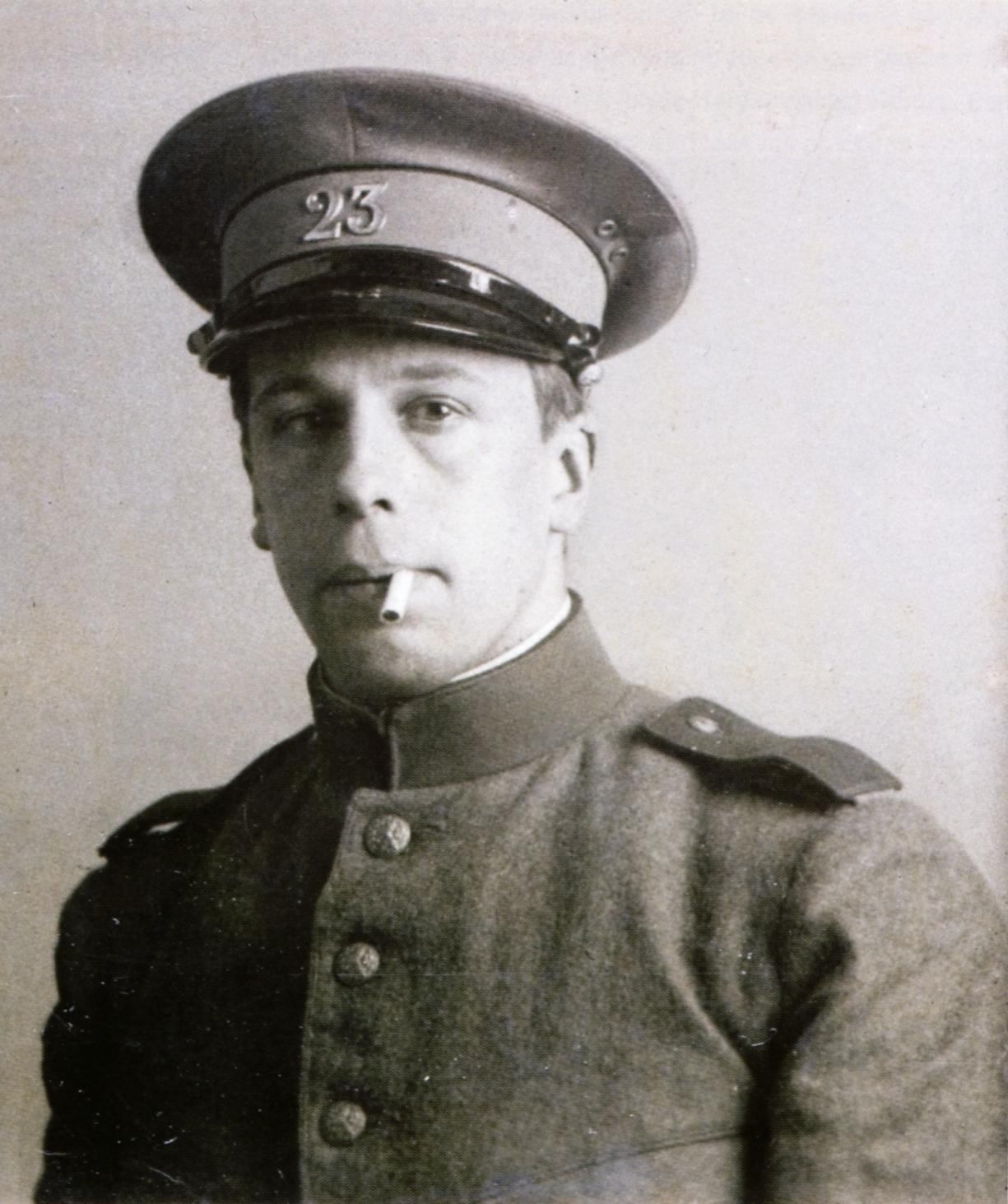
Theo van Doesburg, real name Christian Emil Marie Küpper, is a Dutch painter, architect and sculptor, art theorist, co-founder of the Style Group and of Neoplasticism.
Theo van Doesburg co-founded with Piet Mondrian the De Stijl abstract art movement. The basis of van Doesburg's views was the attempt to reduce all forms of objective harmony in a work of art to certain geometric elements. These new principles soon had a significant influence on the development of architecture, literature, graphics and music.
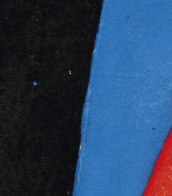
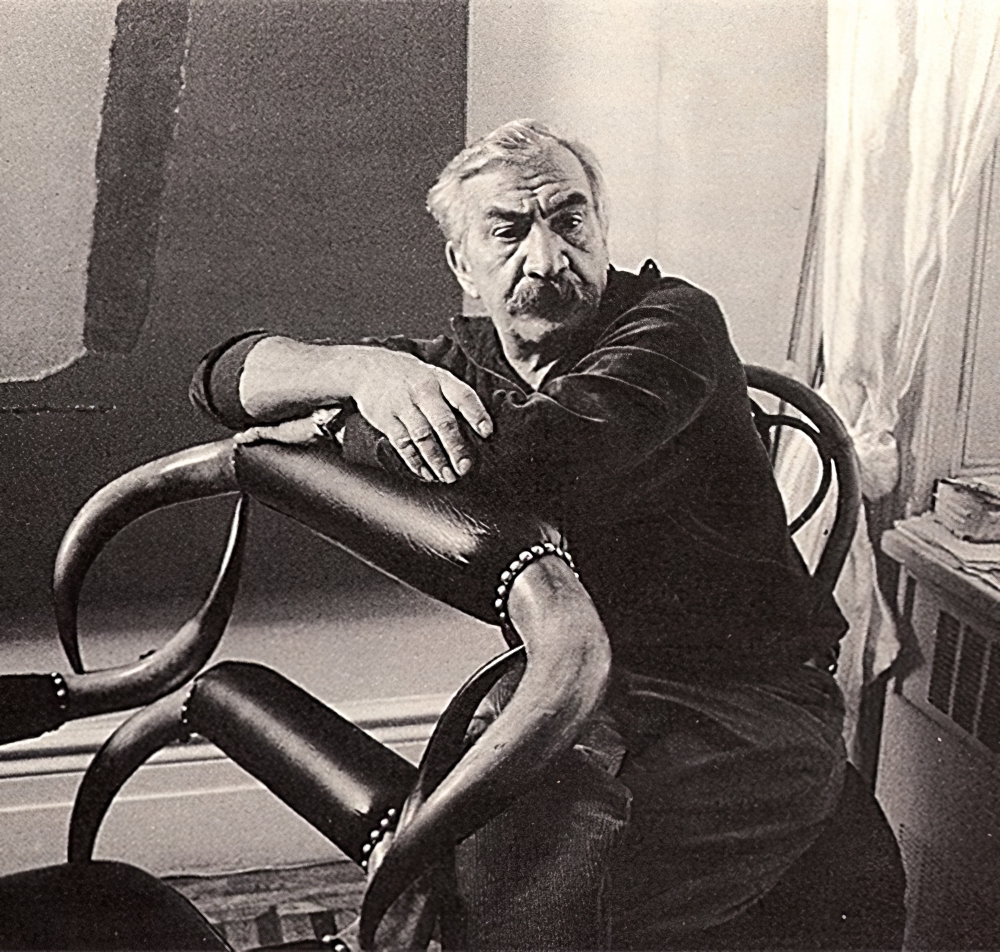
Theodoros Stamos was a Greek-American painter. He is one of the youngest painters of the original group of abstract expressionist painters (the so-called "Irascibles"), which included Jackson Pollock, Willem de Kooning and Mark Rothko. His later years were negatively affected by his involvement with the Rothko case.

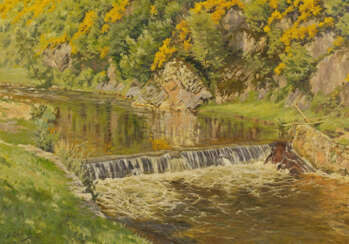

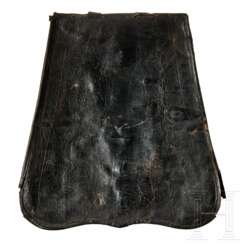

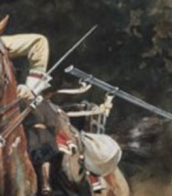
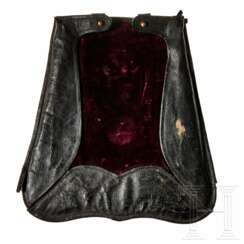


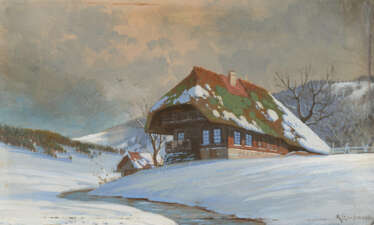

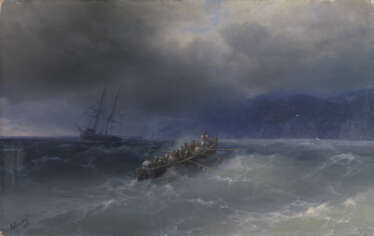

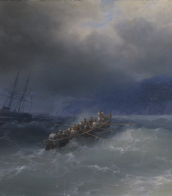


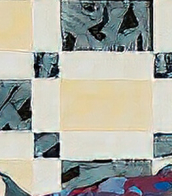


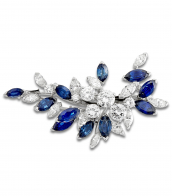






![Telephoto panoramas [Mosaics] in the Sea of Fertility, taken from the spacecraft rounding the Moon for the first time, May 18-26, 1969](/assets/image/picture_1219472/74b37/fcd8192cae53a25164bdf98e6ebfe4d51604656800jpg__fix_374_244.jpeg)
![Telephoto panoramas [Mosaics] in the Sea of Fertility, taken from the spacecraft rounding the Moon for the first time, May 18-26, 1969](https://veryimportantlot.com/assets/image/picture_1219472/74b37/fcd8192cae53a25164bdf98e6ebfe4d51604656800jpg__fix_374_244.jpeg)


